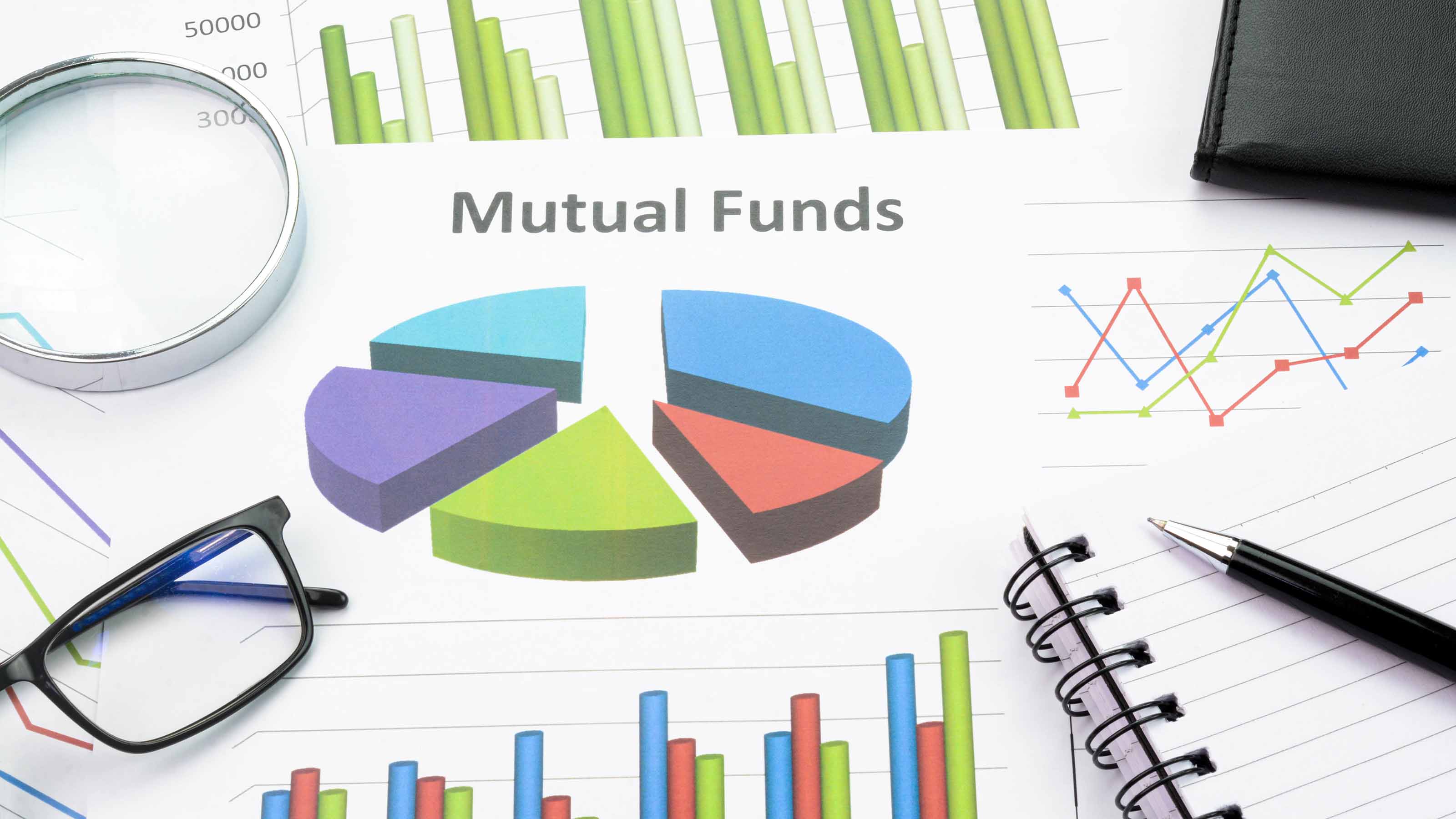Osterweis Strategic Income: Ready for Rising Rates
Although this fund, a member of the Kiplinger 25, invests heavily in junk bonds, it has never experienced a bond issuer default.

Looking for bonds that will hold their own in a period of rising interest rates? I think I’ve found a good hiding place in Osterweis Strategic Income (OSTIX).
In my view, the 30-year bull market in bonds—which saw yields on ten-year Treasuries fall from a high of 15.8% in September 1981 to a low of 1.4% in July 2012—is history. Rates are likely to rise, albeit gradually and with some interruptions, for years to come. Because prices of most fixed-income investments move in the opposite direction of yields, bond investors are sailing into the wind.
What to do? The obvious move is to invest in short-term bond funds. Their bonds come to term quickly so, when rates are rising, investors can frequently reinvest proceeds from maturing bonds in higher-yielding IOUs. The problem is that high-quality short-term bond funds pay virtually zilch. For instance, Vanguard Short-Term Corporate Bond Index ETF (VCSH), an exchange-traded fund, yields all of 1.4%.
From just $107.88 $24.99 for Kiplinger Personal Finance
Become a smarter, better informed investor. Subscribe from just $107.88 $24.99, plus get up to 4 Special Issues

Sign up for Kiplinger’s Free Newsletters
Profit and prosper with the best of expert advice on investing, taxes, retirement, personal finance and more - straight to your e-mail.
Profit and prosper with the best of expert advice - straight to your e-mail.
To earn higher yields on short-term bonds, you have to invest in lower-quality junk bond funds. And Osterweis, in my view, is the best fund that does that. Strategic Income has a superb record. Over the past year through January 7, it returned 6.4%, beating the Barclays U.S. Aggregate Bond index by 7.7 percentage points. Over the past three years, the fund, a member of the Kiplinger 25, earned an annualized 6.4%, topping the index by an average of 3.0 percentage point per year. The fund’s 30-day SEC yield is just 3.0%, but its current income distribution rate is 5.8%.
Osterweis should do well if long-term interest rates continue to rise, which is likely now that the economy finally seems to be accelerating and the Federal Reserve has begun to pare back its bond-buying program. Strategic Income’s price would fall only about 2% if rates on short-term junk bonds rose by one percentage point. If the increase occurred over the course of a year, the fund’s yield would more than offset the small loss of principal.
The bigger peril for investors in Strategic Income is credit risk. The fund’s average credit quality is only single-B, which is firmly in junk territory. Issuers of junk bonds stand a real chance of defaulting on their obligations.
What’s encouraging is that Strategic Income has never experienced a default. Co-manager Carl Kaufman, who launched the fund in 2002, says there’s no magic to what he’s doing. “We try to fish in the right waters,” he says.
Kaufman, 57, has an unusually broad mandate in running Osterweis. He owned Treasuries in 2008, then turned primarily to junk bonds in 2009. He started to focus on short-term high-yield bonds early in 2012.
I do have two concerns about Strategic Income. First, I worry that short-term junk bonds might not be offering enough yield to compensate for the risks of owning low-grade bonds. The Merrill Lynch 1-3 Year High Yield Index currently yields 4.6%. That’s well above the virtually negligible yields of similar-maturity Treasuries, but it’s low in absolute terms.
Second, I worry that Strategic Income, which has grown to $5.8 billion in assets from $604 million at the end of 2009, has gotten too big. (I’m also not too keen on the fund’s annual expense ratio of 0.91%, which I think is too high.)
No question you’re not getting paid all that much for investing in short-term junk bonds. But relative to everything else, the payoff looks good. And Kaufman’s record of never having a experienced a default is heartening.
Osterweis’s asset growth is a tougher issue. Kaufman ran the fund with one co-manager, Greg Hermanski, until late 2008, and since then, Simon Lee. Last June, he hired a second co-manager, Bradley Kane. But that still leaves just three people handling a boatload of money, much of which is invested in a relatively small sector of the market. Moreover, Kaufman says, Osterweis has no plans to shut the fund to new investors anytime soon.
Kaufman says the fund only holds about 100 positions. He says all three managers review each bond, and they know all of the holdings inside out. “We know which companies have good chief financial officers and which companies don’t.”
The fund rarely sells. The official turnover ratio is 82%, implying that the fund turns over almost its entire portfolio every year. But, Kaufman says, bonds that mature or are redeemed early by the issuing company account for 70% of the fund’s annual turnover.
My bottom line: Kaufman’s record of avoiding defaults is impeccable—and quite reassuring. He impresses me as a thoughtful manager who will know when it’s time to close. His co-managers both have long experience investing in junk bonds.
Osterweis Strategic Income is a first-rate fund. But it’s not a buy-and-forget fund. If the economy shows signs of falling into recession, I’d sell—unless, of course, Kaufman is nimble enough to have changed the fund’s direction by then.
Steve Goldberg is an investment adviser in the Washington, D.C., area.
Profit and prosper with the best of Kiplinger's advice on investing, taxes, retirement, personal finance and much more. Delivered daily. Enter your email in the box and click Sign Me Up.

-
 Stocks Chop as the Unemployment Rate Jumps: Stock Market Today
Stocks Chop as the Unemployment Rate Jumps: Stock Market TodayNovember job growth was stronger than expected, but sharp losses in October and a rising unemployment rate are worrying market participants.
-
 Should You Renew Your CD?
Should You Renew Your CD?With rate cuts impacting earnings, we examine if now is a wise time to renew CDs.
-
 7 Ways to Plan Now to Save on Medicare IRMAA Surcharges Later
7 Ways to Plan Now to Save on Medicare IRMAA Surcharges LaterUnderstand the critical two-year lookback period and why aggressive planning before you enroll in Medicare is the most effective way to minimize IRMAA.
-
 The Kiplinger 25: Our Favorite No-Load Mutual Funds
The Kiplinger 25: Our Favorite No-Load Mutual FundsThe Kiplinger 25 The Kiplinger 25 is a list of our top no-load mutual funds that have proven capable of weathering any storm.
-
 Do You Have Gun Stocks in Your Funds?
Do You Have Gun Stocks in Your Funds?ESG Investors looking to make changes amid gun violence can easily divest from gun stocks ... though it's trickier if they own them through funds.
-
 Janus Henderson Global Equity Income Fund (HFQTX) Hangs Tough
Janus Henderson Global Equity Income Fund (HFQTX) Hangs ToughKip 25 A focus on dividend payers and defensive stocks has kept the Janus Henderson Global Equity Income Fund afloat in a rough market.
-
 T. Rowe Price Small-Cap Value (PRSVX) Stands Out
T. Rowe Price Small-Cap Value (PRSVX) Stands OutKip 25 In this turbulent market, value-priced, higher-quality small caps are holding up better than their fast-growing counterparts.
-
 Kiplinger 25 Model Portfolios
Kiplinger 25 Model PortfoliosThe Kiplinger 25 Reach your investment goals with these plans using the Kiplinger 25, our favorite no-load mutual funds.
-
 ESG Gives Russia the Cold Shoulder, Too
ESG Gives Russia the Cold Shoulder, TooESG MSCI jumped on the Russia dogpile this week, reducing the country's ESG government rating to the lowest possible level.
-
 New Leadership at One of Our Funds
New Leadership at One of Our FundsKip 25 Vanguard recently announced that longtime manager Michael Reckmeyer will retire in June.
-
 The Best T. Rowe Price Funds for 401(k) Retirement Savers
The Best T. Rowe Price Funds for 401(k) Retirement SaversKiplinger's Investing Outlook A dozen T. Rowe Price mutual funds enjoy a place among the nation's most popular 401(k) retirement products. Find out which ones are worth your investment dollars.